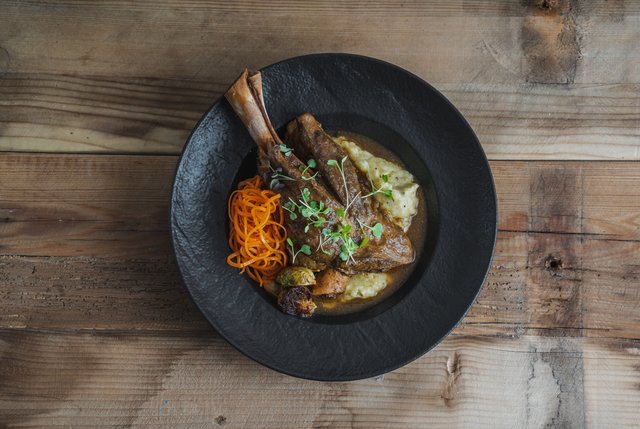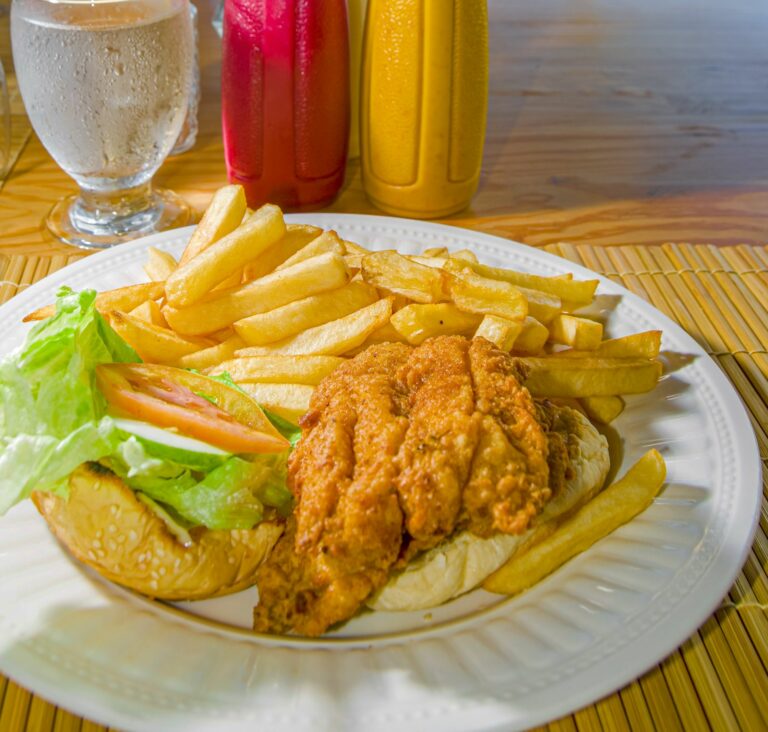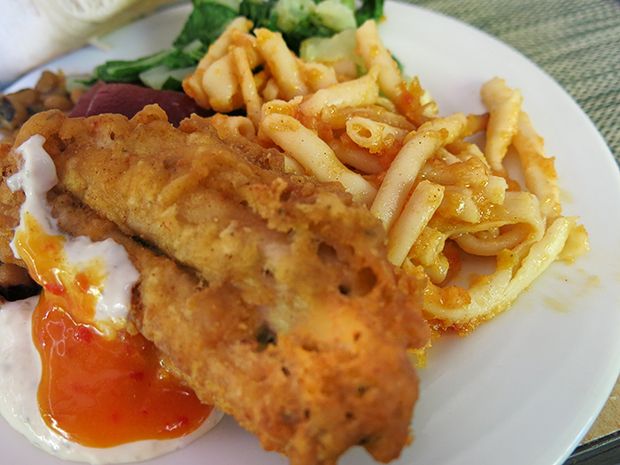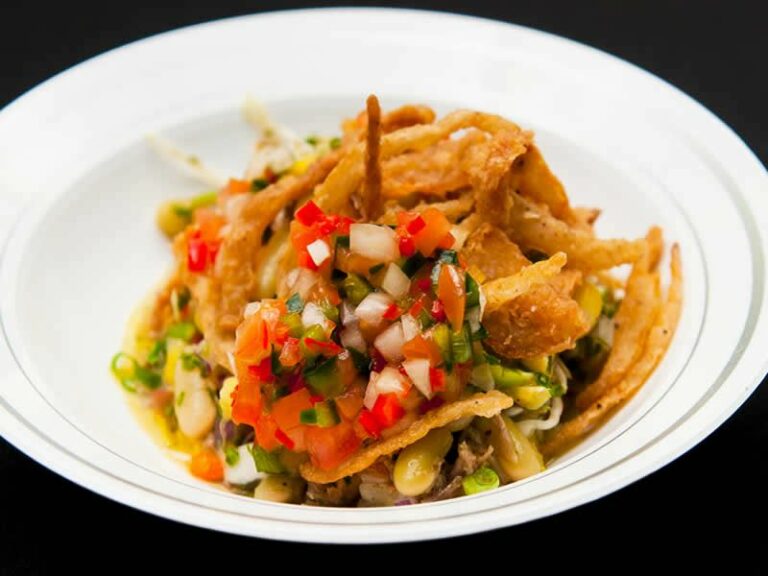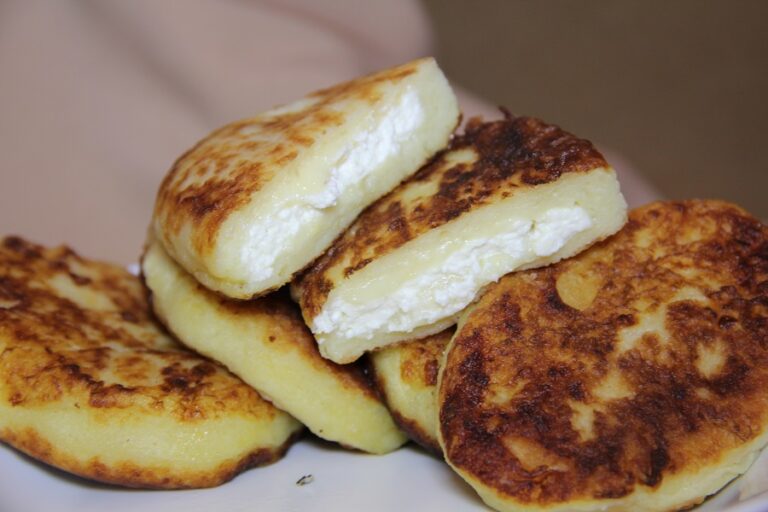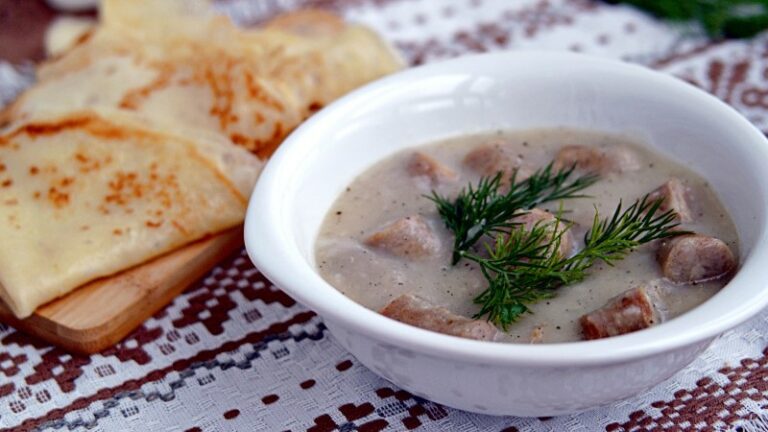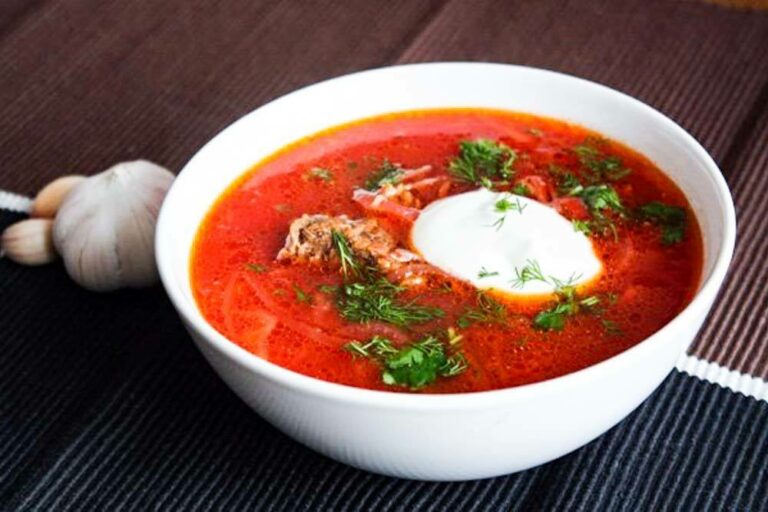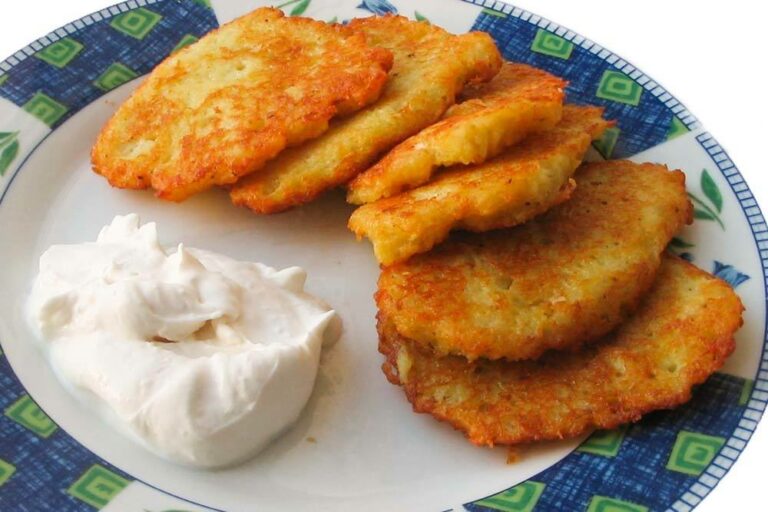Introduction: Dining in Barbados
Barbados is known for its white sand beaches, sun-kissed weather, and vibrant culture. But, its culinary scene is also a significant part of its tourism industry. With a fusion of African, European, and Caribbean influences, Barbadian cuisine offers a unique culinary experience. Dining in Barbados is a social event that involves good food, lively conversation, and a relaxed atmosphere.
Table Manners in Barbados
Barbadians value good table manners, and it is customary to wait for everyone to be served before starting to eat. It is polite to keep your elbows off the table, but putting your hands in your lap is acceptable. Also, it is considered rude to speak with food in your mouth or to make loud noises while eating. Using utensils correctly is essential, and it is customary to use a knife and fork for most meals, and spoons for soup and desserts.
Dress Code for Dining in Barbados
Most restaurants in Barbados have a casual dress code, but some upscale establishments may require formal attire. It is always best to check the dress code before dining. Beachwear is not appropriate for most restaurants, except for beachside bars and cafes. Shorts and sandals are acceptable, but men should wear collared shirts and closed-toe shoes when dining at some restaurants.
Tipping at Restaurants in Barbados
Tipping is customary in Barbadian restaurants, and it is a way to show appreciation for good service. It is recommended to tip between 10-15% of the total bill, depending on the level of service. Some restaurants may include a service charge on the bill, but it is always best to check before tipping. Tipping is also expected for hotel staff who serve meals.
Barbadian Cuisine and Dining Traditions
Barbadian cuisine is a fusion of African, European, and Caribbean influences. Its signature dishes include flying fish, cou-cou, macaroni pie, and fish cakes. Barbadians also love their rum, and rum punch is a popular drink at most bars and restaurants. Dining in Barbados is a social event, and it is customary to share dishes and pass plates around the table.
Reservations and Waiting in Barbadian Restaurants
It is always best to make a reservation at a restaurant, especially during peak season. If you arrive at a restaurant without a reservation, you may have to wait for a table. Waiting times can be lengthy, but it is essential to remain patient and courteous. If you are dining with a large group, it is customary to arrive at the restaurant on time, and not keep others waiting.
Alcohol and Beverages in Barbadian Restaurants
Barbados is known for its rum, and it is a staple in most bars and restaurants. However, it is essential to drink responsibly and not to overindulge. Many restaurants also offer non-alcoholic beverages, including fruit juices, smoothies, and soft drinks. Tap water is safe to drink in Barbados, but many people prefer bottled water.
Conclusion: Enjoying Dining in Barbados
Dining in Barbados is more than just eating good food; it is a cultural experience that showcases the island’s unique flavors and traditions. Knowing the customs and etiquette associated with dining in Barbados can enhance your dining experience and help you appreciate the island’s culinary scene fully. Whether you are dining at a beachside cafe or an upscale restaurant, always remember to be courteous, respectful, and enjoy the food and company around you.

